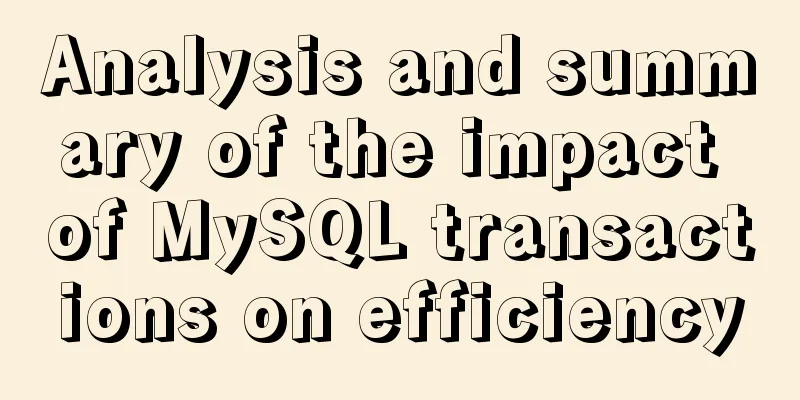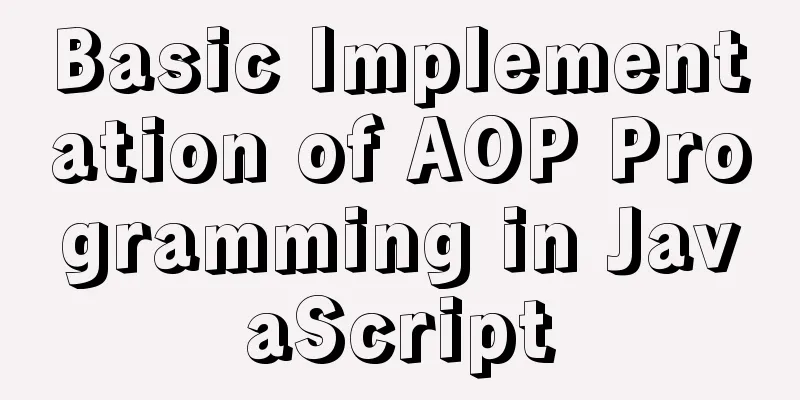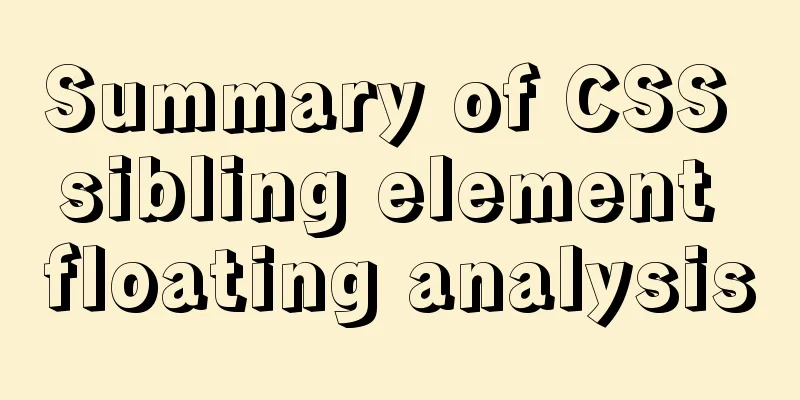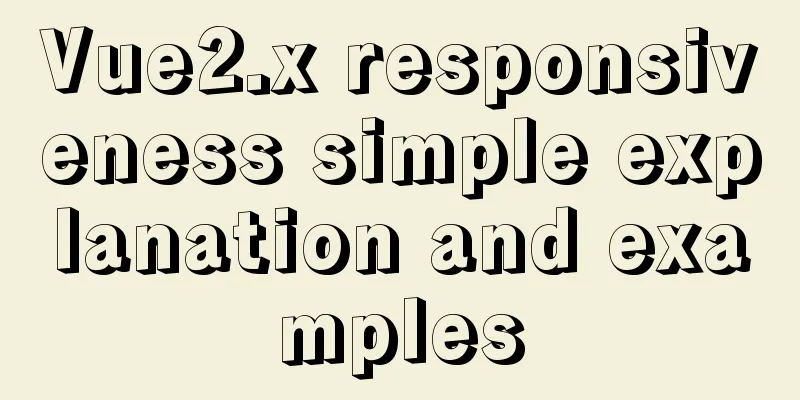The difference and usage between div and span
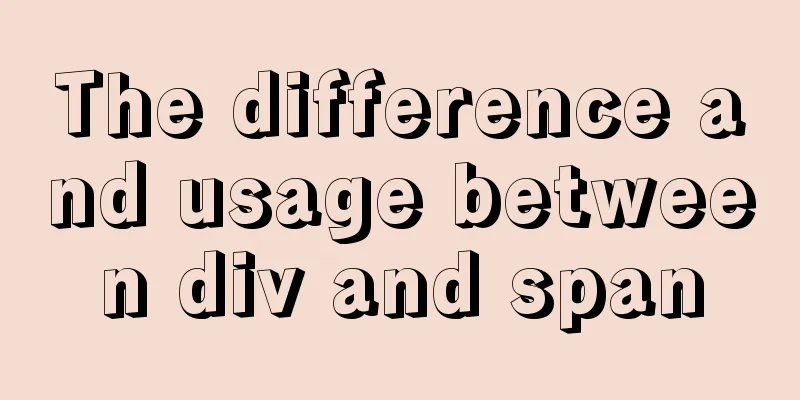
|
Next, learn about the production of HTML web pages when developing with div+css, especially the difference and usage of div and span in tag application. When a novice uses web standards (div css) to develop a web page, the first question they encounter is what is the difference between div and span, when to use div and when to use span tags The following is an introduction to the system defaults when no CSS style is set for the development web page. 1. Differences and characteristics between DIV and SPANDifference between div and span The position occupied by div is one line,
2. Span tag summaryWhen developing web pages, you can use both div and span, and it can usually be understood that there is no difference. But please note that div occupies one line, while span does not. The width of span is as wide as the content. Generally speaking, div is used for web page layout, p tag is used for paragraph content, and span is used to set the style or color of part of the paragraph content.
3. Expansion and improvementThe span inside the div does not need to name the CSS selector pseudo-class, as shown below If the class of div is yangshi, then set the CSS attribute for the span inside. The code is as follows 4. Demonstration effect of legend example
Analyzing the above figure: we can conclude that span does not need to be named with a pseudo-class name, and can directly use CSS inheritance attributes to set the CSS style for span. The original style of the div is to set the text to blue, but the style of the span is set to red through inheritance. I hope the CSS cases summarized on the divcss5 website are helpful to you. Here is a technical article explaining the differences and usage of div and span. Q: What is the difference between DIV and SPAN?Answer: Solution: The biggest feature of DIV and SPAN elements is that no formatting or rendering is performed on the objects within the elements by default. Mainly used to apply style sheets. The most obvious difference between the two is that DIV is a block element, while SPAN is an inline element (also translated as an embedded element). Specific steps: 1. Block elements are elements that start rendering on a new line, while inline elements do not need to start on a new line. You will have a more vivid understanding by testing the following code: Because of the special nature of DIV and SPAN elements, they are generally used to apply style sheets, such as defining them as layers with CSS. What needs to be distinguished is the difference between block elements and inline elements, as well as the conversion between the two. DIV specifies the container for rendering HTML. |
<<: A brief analysis of SQL examples for finding uncommitted transactions in MySQL
>>: Docker container monitoring principle and cAdvisor installation and usage instructions
Recommend
Examples of common operations on MySQL foreign key constraints [view, add, modify, delete]
This article uses examples to describe common ope...
Mysql multiplication and division precision inconsistency problem (four decimal places after division)
question When I was writing a project function to...
Tomcat parses XML and creates objects through reflection
The following example code introduces the princip...
Getting Started Guide to MySQL Sharding
Preface Relational databases are more likely to b...
Not all pop-ups are rogue. Tips on designing website pop-ups
Pop-up news is common in domestic Internet servic...
Start a local Kubernetes environment using kind and Docker
introduce Have you ever spent a whole day trying ...
IE8 Beta 1 has two areas that require your attention
<br />Related articles: Web skills: Multiple...
Detailed explanation of common methods of Vue development
Table of contents $nextTick() $forceUpdate() $set...
How to set up a deployment project under Linux system
1. Modify the firewall settings and open the corr...
Quick solution for forgetting MySQL8 password
Preface When we forget the MySQL database passwor...
Practice using Golang to play with Docker API
Table of contents Installing the SDK Managing loc...
Nginx learning how to build a file hotlink protection service example
Preface Everyone knows that many sites now charge...
The difference between storing full-width characters and half-width characters in MySQL
Unfortunately, the MYSQL_DATA_TRUNCATED error occ...
Solve the problem that line-height=height element height but text is not vertically centered
Let me first explain why the text is not vertical...
SQL statements in Mysql do not use indexes
MySQL query not using index aggregation As we all...




